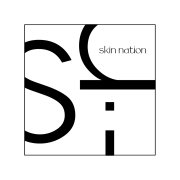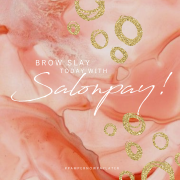Text size and formatting
The most seamless way to make your brand more accessible is to address the text size you use throughout your branding touchpoints. Adjusting your text size to 16 pixels significantly improves the user experience for the elderly and visually impaired.
Pairing your increased font size with solid sentence structure, such as headings, improves the reader experience for the visually impaired and allows them to embrace your brand messages more clearly and effectively.
Font choice
Too often, brands mistakenly choose fonts that are difficult to read. Sure, they might look amazing on your large printed poster but when it comes to website headings, the font has really missed the mark.
When selecting fonts for your brand, it should always come back to whether it enables your audience to easily articulate your key messages. Remember, some of the world’s most successful brands don’t have complicated fonts!
Letter spacing, the spacing between each word, font size, text colour and background can all impact on an individual’s readability and reading speed. Fonts with tails and unique features such as Times New Roman and Georgia are examples of how font intricacies can make text appear more crowded and as a result, more difficult to those with dyslexia. Simple serif fonts like Arial, Verdana or Calibri are known to offer easier articulation and as a result, be dyslexia friendly.
Colour contrast
You already know the importance of choosing the right colours for your brand. Each with a unique meaning and association, colour has the power to influence the tone and message of your brand instantly, especially for those needing additional support.
When ensuring your brand colours are accessible, it’s important to have enough colour contrast between text colours and background colours. For example, it’s much easier to read white text on a black background versus light grey text on a light purple background.
If you’re not sure whether your colour combinations are hitting the mark, Vision Australia has created a free colour contrast tool to assist brands in making inclusive colour choices.
Use alt text
Alt text, also known as alternative text, is a written description of an image. Able to be added to a multitude of branding touchpoints, such as documents, websites, social media and infographics, alt text allows the visually impaired to enjoy your content. How? Through screen-readers.
Many blind and visually impaired individuals will use screen-reading apps to have online content read out to them. By having alt text available, they’re able to enjoy information such as lessons taught via an infographic or descriptions of images shared on social media.
For the hearing impaired, subtitles ensure that your video content is accessible and enjoyed by all. Websites such as iMovie and Premiere Pro allow you to manually type your subtitles or alternatively, websites like VEED have the ability to automatically transcribe your video and add subtitles.
When adding alt text to your visual elements, you’ll soon notice whether there is an imbalance of text and visual content. If your touchpoint is all imagery and little text, it makes it difficult to navigate for a visually impaired individual whereas a balance of both would allow their screen-reader to follow along more seamlessly.













